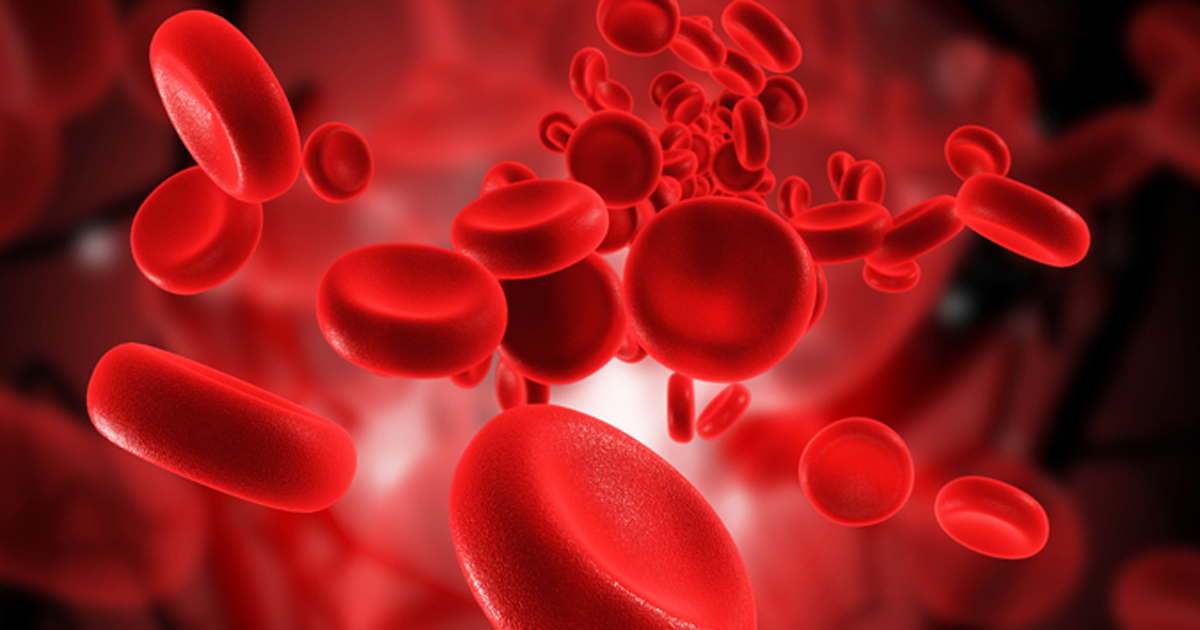Five variables predict postoperative BP normalization in primary aldosteronism
A new predictive model based on Japanese registry data revealed several variables that can predict the normalization of blood pressure after adrenalectomy for primary aldosteronism, including hypertension duration, BMI, number of BP drug prescriptions, diabetes status and sex, according to findings published in the Journal of the Endocrine Society.
“Importantly, while several prediction models for the postoperative cure of hypertension have been reported, these sometimes mislead patients into forgoing surgery if the BP is not predicted to be resolved,” Mitsuha Morisaki, MD, of the department of internal medicine at Keio University School of Medicine in Tokyo, and colleagues wrote in the study background. “However, even if the hypertension resolution prediction score is low, most patients who undergo surgery may still benefit from an improvement in their hypertension even if normalization is not achieved. Therefore, we also aimed to identify predictive factors for absence of hypertension improvement after surgery for primary aldosteronism.”
In a retrospective analysis, Morisaki and colleagues analyzed data from 574 patients who underwent adrenalectomy for unilateral primary aldosteronism between 2006 and 2018 with 6-month follow-up, using data from the Japan Primary Aldosteronism Study. After adrenalectomy, researchers categorized patients as having achieved complete clinical success if systolic BP was less than 140 mm Hg and diastolic BP was less than 90 mm Hg, with no hypertensive medications at 6 months. Researchers defined partial clinical success as a reduction in the number or dose of hypertension medications, a systolic BP decrease of at least 20 mm Hg or a diastolic BP decrease of at least 10 mm Hg at 6 months. Researchers assessed rates of complete, partial and absent BP normalization in the 6 months after surgery, as well as predictive factors related to BP outcomes.
Within the cohort, 32.6% of patients achieved complete clinical success, and 53% achieved partial success at 6 months.

In logistic regression analyses, researchers found that hypertension duration of at least 7 years, BMI of at least 25 kg/m², a prescription for no more than one hypertensive medication, no history of diabetes and female sex were independent predictors of BP normalization.
“We found that the absence of diabetes mellitus is a novel predictive factor related to BP normalization,” the researchers wrote. “Further studies should be performed to determine whether diabetes mellitus is a factor that is specific to Japanese/Asian people or has wider applicability.”
Researchers assigned the five variables graded scores based on beta values and developed prediction models for postoperative outcomes, generating receiver operator curves with calculated area under the curve to assess the accuracy of the predictive scores.
The researchers noted that the rates of hypertension resolution and improvement might be underestimated in the findings; however, the prediction models were based a larger patient database when compared with past studies.
“Moreover, our prediction models are practical because they are based on easily obtained clinical variables,” the researchers wrote. “As such, they have the potential to help patients diagnosed with unilateral primary aldosteronism with their decision-making regarding surgical intervention and pursuing their most optimal treatment options.” – by Regina Schaffer
Disclosures: The authors report no relevant financial disclosures.
